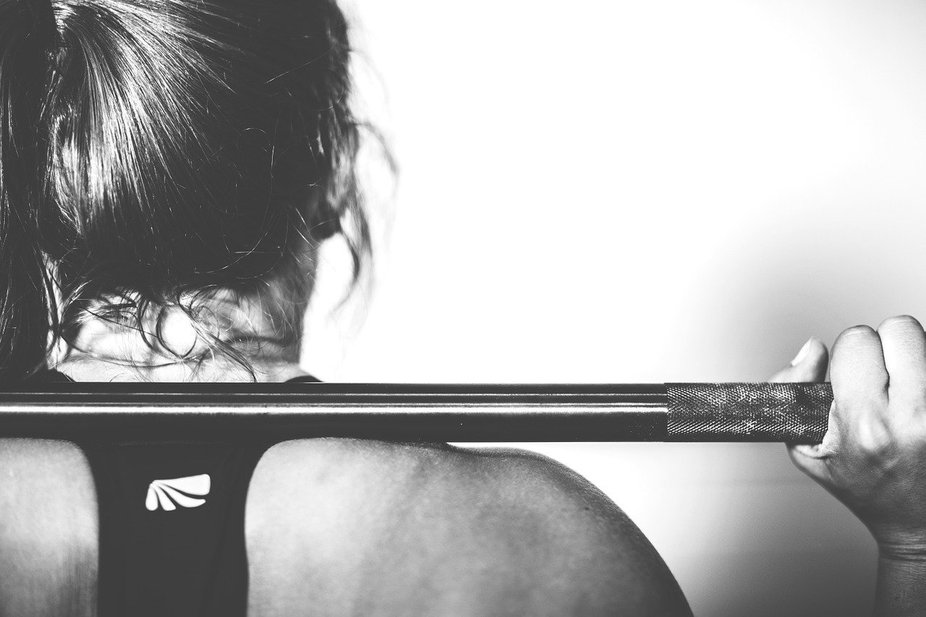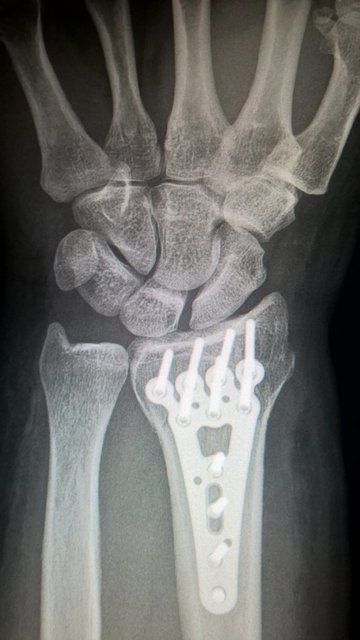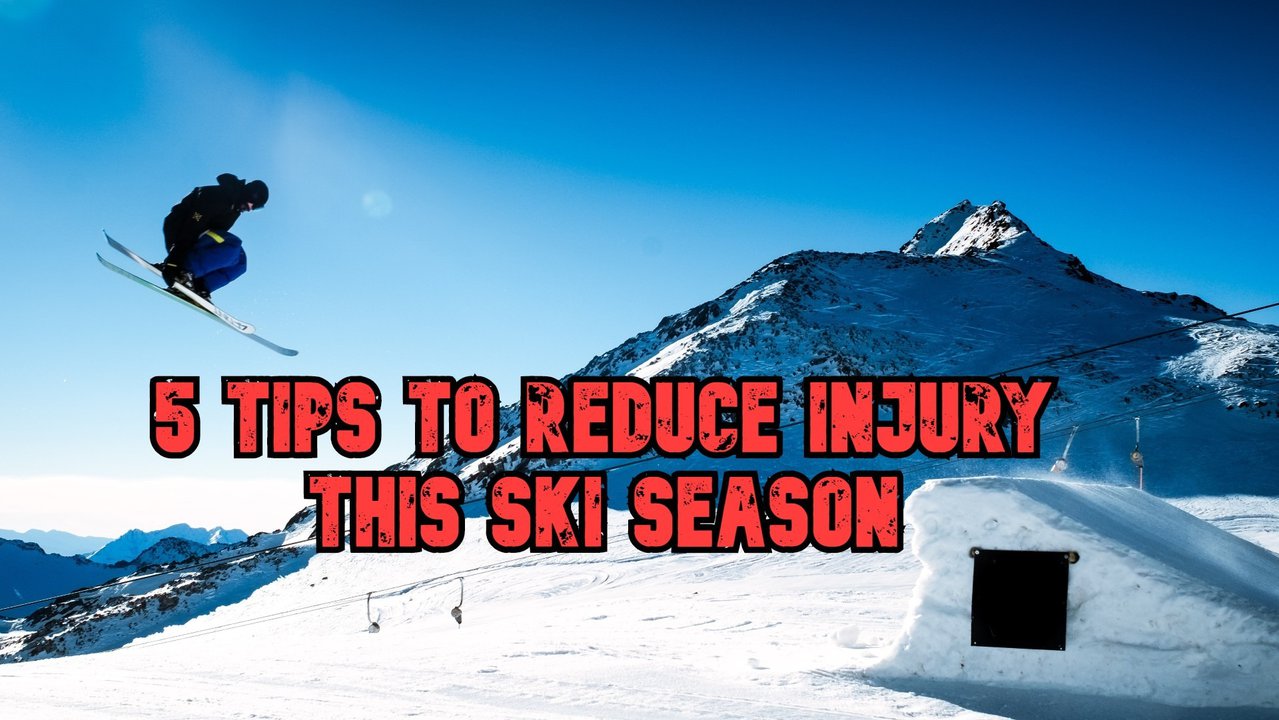Hey NewSchoolers fam. This post will cover a few different ways to reduce injury risk during this ski season. Some of these may be common sense but I will go over the benefits for each tip in detail.
1.) Get Stronger

As supported from my previous posts, building strength in the lower body is a great way to reduce injury risk while skiing. Research has shown that glute, hamstring and quad strength all correlate to a reduced risk for ACL rupture. Getting on a strength program and lifting heavy during the few months preceding ski season is easier said than done, but it may pay dividends during your season. Getting into the gym for maintenance, strengthening, stretching and cardio work during the season is important for recovery as well. Follow my IG @SkiingPhysicalTherapy for workout ideas.
2.) Don’t Use Ski Poles

You heard me right! Using poles, especially when in the park, puts you at a higher risk for ligamentous damage to your thumbs. Skiers’ thumb is real and super common in the sport, hence its name. Thumb UCL sprains can take weeks to heal and fractures can occur in severe cases. Do yourself a favor and ditch the poles if lapping the park all day.
3.) Learn “How” To Fall

Freestyle skiing is a dangerous sport, and we fall, a lot. If you are pushing yourself falls are an inevitable part of your ski day. Learning how to fall has helped me reduce wrist and shoulder injuries as I progressed. What I mean by “falling safely” is trying not to fight a fall too much when it’s happening. Do not be rigid and try to brace yourself, yet relax at the same time. Landing on an outstretched arm is an easy way to fracture your wrist or injure your shoulder. Training yourself to avoid this reaction along with staying as relaxed as possible when you’re going down may help reduce some injury risk.
4.) Wear A Helmet

I know, I know. I won’t want to be the old guy telling you to wear a helmet. But I am, and I’ll let the research speak for itself. Wearing a helmet has been shown to directly reduce the risk for concussion and head injury in skiing. Penetration injuries from a tree or rock are also reduced when wearing a hardshell helmet. From personal experience, I believe my helmet saved my life a few years ago and I will always try to educate and support their usage.
5.) Know Your Limits

Freestyle skiing is a progression sport. Getting out of our comfort zone is what makes it the best sport in the world. BUT, being smart about trying new tricks and larger features is key. Smart progression will not only make you a better skier, but it will build your confidence and keep you riding for longer. Learn and ride with better skiers. Good park skiers should be able to help you safely progress if they know your skill level. An great example is learning backflips. A nice progression could be: learn on a trampoline, learn on skis into an air bag, learn into powder on a smaller kicker, take it to park jumps.
There you have it. 5 simple and easy tips to reduce injury risk during the ski season. As always be safe and land Gucci!!
References:
Benson BW, Hamilton GM, Meeuwisse WH, McCrory P, Dvorak J. Is protective equipment useful in preventing concussion? A systematic review of the literature. British Journal of Sports Medicine. 2009;43:i56. Accessed October 2, 2020. http://search.ebscohost.com/login.aspx?direct=true&db=edb&AN=85506208&site=eds-live


Comments